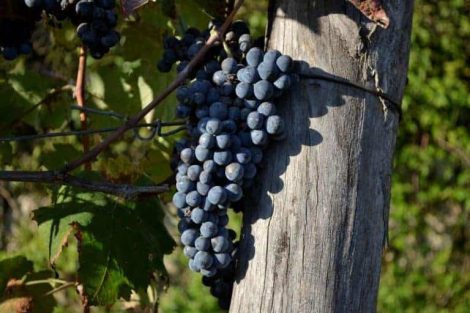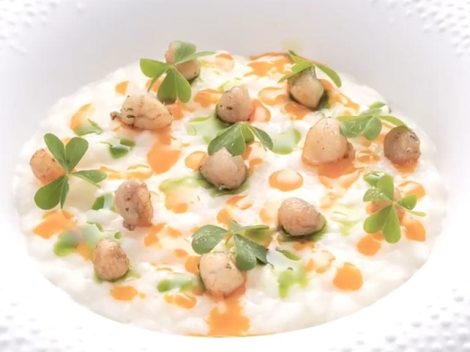Democracy of bread and oil
“It’s an invitation to return to simplicity and convivial dining” mostly bread and olive oil is the “anti-blues recipe par excellence” according to Massimiliano Alajmo, chef at Le Calandre. He defines the pairing of bread and olive oil an Italian must. It’s a versatile dish that can stand as an appetizer, an aperitif, mid-afternoon snack and – why not, quick lunch. Bread and olive oil has everyone agreeing, haute cuisine chefs and common users, kids and adults alike, raw vegans… everyone loves bread and olive oil and everyone consumes it regularly. It is an ancient pairing after all, dating back to both the ingredient’s history. Bread was being baked by Homo erectus in the Stone Age; olive oil draws its 7000 year-old origins from Mediterranean civilizations. These two simple products, when put together, represent a solid identity for Italy.
Nutritional properties
The healthy snack is having a comeback in homes and schools alike. The initiative Bruschetta o merendina was launched 2 years ago by Pandolea, an association of women olive oil producers in collaboration with ClioEdu (medical education platform). The project was targeted children and teachers to bring forth increased awareness on the importance of healthy eating habits, against random eating of heavily processed, sugared and fatty foods. The interactive learning process was developed in three modules and focused attention on the importance of olive oil in the Mediterranean Diet and its healing properties. Rich in anti-oxidants, extra virgin olive oil is a miracle super food for our bodies.
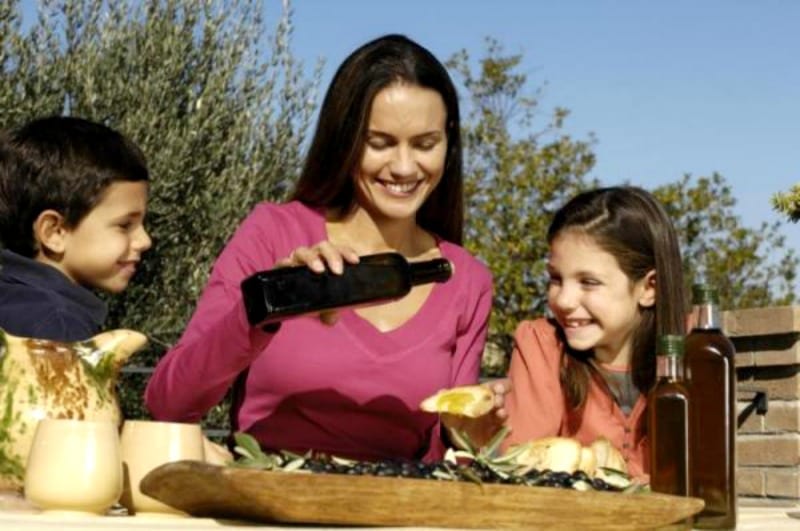
Olive oil is in fact a powerful gastro-protector – a tablespoon of olive oil on an empty stomach can help coat stomach lining and prevent gastrointestinal issues. Olive oil is equally a valid ally in reducing bad cholesterol levels. It’s a food that’s advised for mid afternoon children’s snack, but also pre-breakfast, “or even part of the main meal, paired to other dishes”, explains nutritional biologist Tiziana Stallone. She adds: “There are two main components in extra virgin olive oil: 98% oleic acid that’s great for the cardiovascular system” and a small fraction,“presenting different components like squalene (an oily liquid hydrocarbon which is a potent antioxidant) phytosterols that reduce bad cholesterol, beta-carotene – that’s great for the skin - and polyphenols”. In this small 2% we also find oleuropein, “which performs an important cancer-fighting action” and oleocanthal, “which helps fight degenerative diseases like Alzheimer”.Olive oil is furthermore good for skin and heir, think of its widespread use in cosmetics. Olive oil is perfect.
Aromas and scents of bread and olive oil
How can we make this perfect snack even better, then? By pairing the two in the smartest way, of course. There exists over 500 olive varieties in Italy, which when blended give life to intriguing blends or single origin that conserve that particular drupe’s flavour. Extra virgin olive oil can equally lend scents and aromatic notes, reminiscent of the most bizarre foods: tomato, aromatic herbs, almonds, green or yellow apples, berries, grass, and owning balsamic nuances, vegetal notes of arugula, freshly mowed lawn, cardoon, radish… The amount of aromas present in olive oil is staggering, not to mention the various degrees of fruitiness perceived by the nose: delicate to intense; as well as the sensations of bitterness or spiciness – which should mandatorily always be present in olive oil – perceived by the palate.

All these elements summed together make an olive oil more or less suitable for raw or cooked dishes. Bread is no exception. Wheat too is an ingredient capable of lending a complex series of aromas to bread. There’s hemp, that’s bitter and intense; or the delicate durum wheat, or einkorn wheat, with its vegetal notes, plus many more.
Pairing oil and bread is more complex that one would imagine, but can be facilitated thanks to the help of food professionals and their advice.
Pairing: assonance or contrast
Firstly, “you need to understand whether you want to pair by assonance or by contrast”, explain Fabrizio Franco and Omar Abdel Fattah of Pane e Tempesta, a quality baker in Rome that’s specialized in selecting unique grains and cereals. “Once you’ve decided the concept, you can proceed to pairing a sweet grain with a delicate olive oil or the opposite”. With Simona Cognoli, extra virgin olive oil taster and owner of olive oil store Oleonauta in Ostia Lido, the two bakers organized an annotated olive oil and bread tasting last spring.
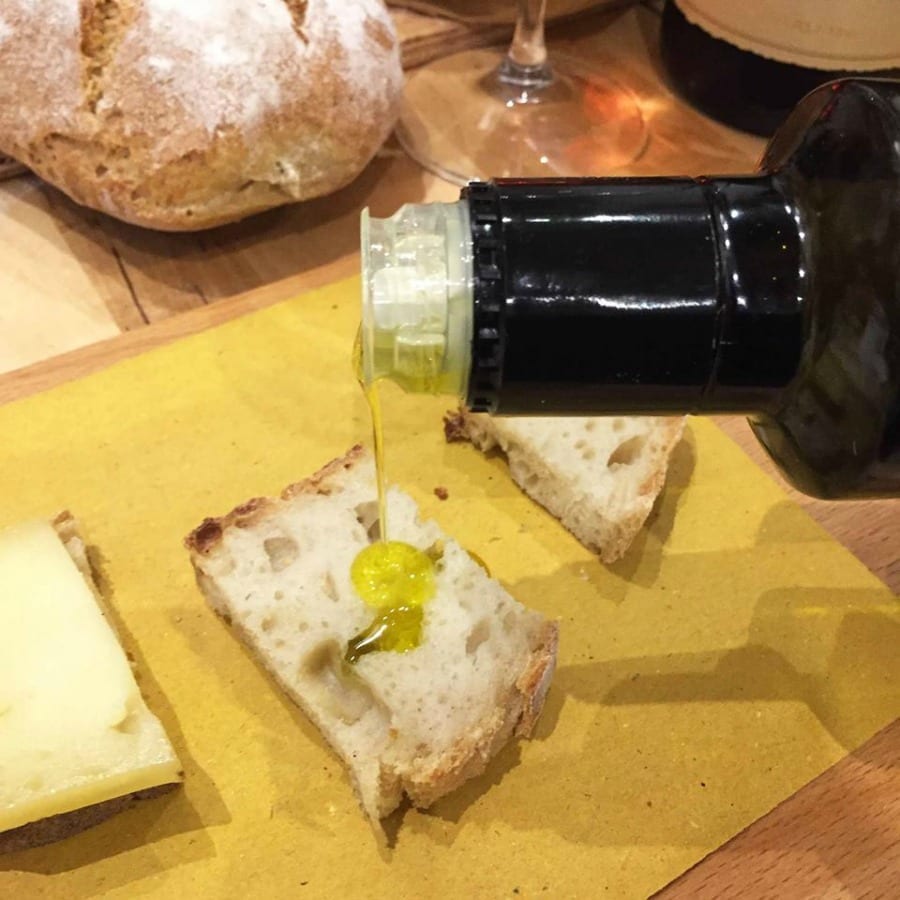
Starting from that event, the three experts understood a key idea: both bread and olive oil own character, both running for the same starring role, “two products with strong personalities that need to co-exist in perfect balance”, as defined by Omar. “These are simple ingredients but at the same time very complex”, adds Simona, “for this reason it’s not easy to find balance between them”. A word to the wise? “Watch quantities carefully and never overdo olive oil doses to avoid overpowering the aroma of the bread”. Equally, a rich bread with intense flavour, like hemp bread that’s “particularly bitter” can end up covering a delicate olive oil.
Geography
Another tip Simona lends us is following the geography of products, just like we do in the kitchen “This is not always the case in regards to bread, but in some cases the results are astounding. For example, spelt bread goes incredibly well with Umbria varieties like moraiolo”, which normally produces bold and bitter olive oils, “also, bread made with Tumminia flour”, an ancient Sicilia grain, “pairs wonderfully with typical Sicilian oils like single origin tonda iblea”which presents a definite tomato accent. Furthermore, “bread and olive oil are both ancient foods, that dig up childhood memories and our land of origin. Each of us will find the most pleasure tasting flavours belonging to our own places”.
Pairing tips: bread, olive oil and other ingredients
Let’s not forget that there are other ingredients that can be added to enhance our bread and olive oil snack: “We paired hemp bread with a itrana single origin oil”, cultivar of Lazio redolent of tomato, “and it was an impressive match. The bitterness of the hemp balanced the sweetness of the tomato notes, to which we added vignarola, in which artichoke popped out even more”, says Fabrizio. For classic salt less bread, the bakers suggest using a delicate and fruity oil, “possibly with floral notes”, like a single origin leccino oil. And to stir things up? Traditionally, “with fresh tomatoes and basil”.
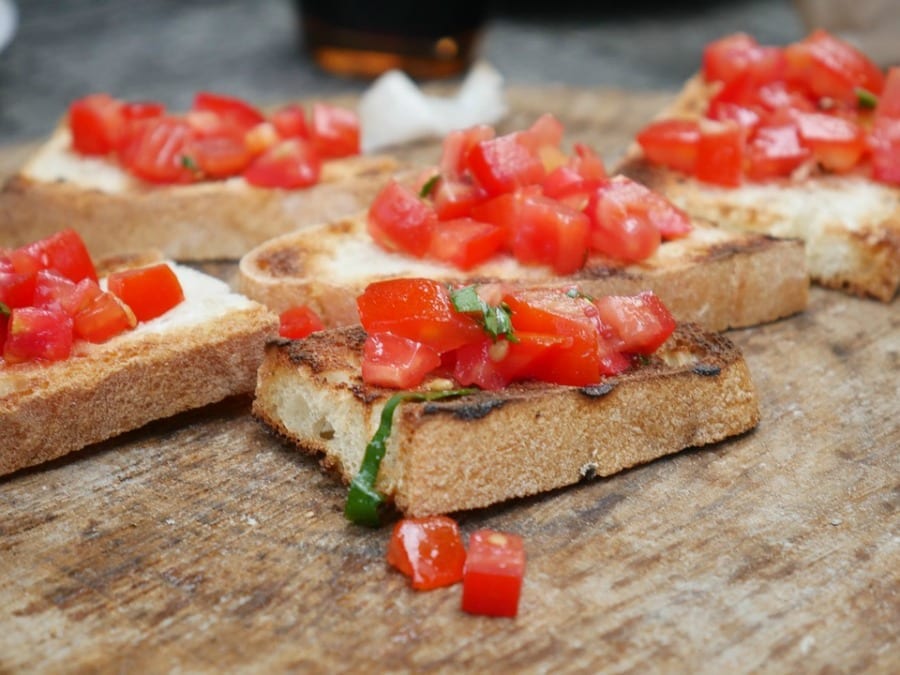
Equally effective was the pairing of spontaneous fermentation with “very sweet” linseed and a single origin casaliva, whose almond notes pair well with the roundness of the seeds to which we added honey, walnuts and cow’s milk ricotta. Try with sweet pairings too, like the classic bread and chocolate: “For this duo we chose an intensely flavoured rye bread and a fine dark chocolate paired with a olive oil blend of cerasuola and nocellara” which was fruity and bold.
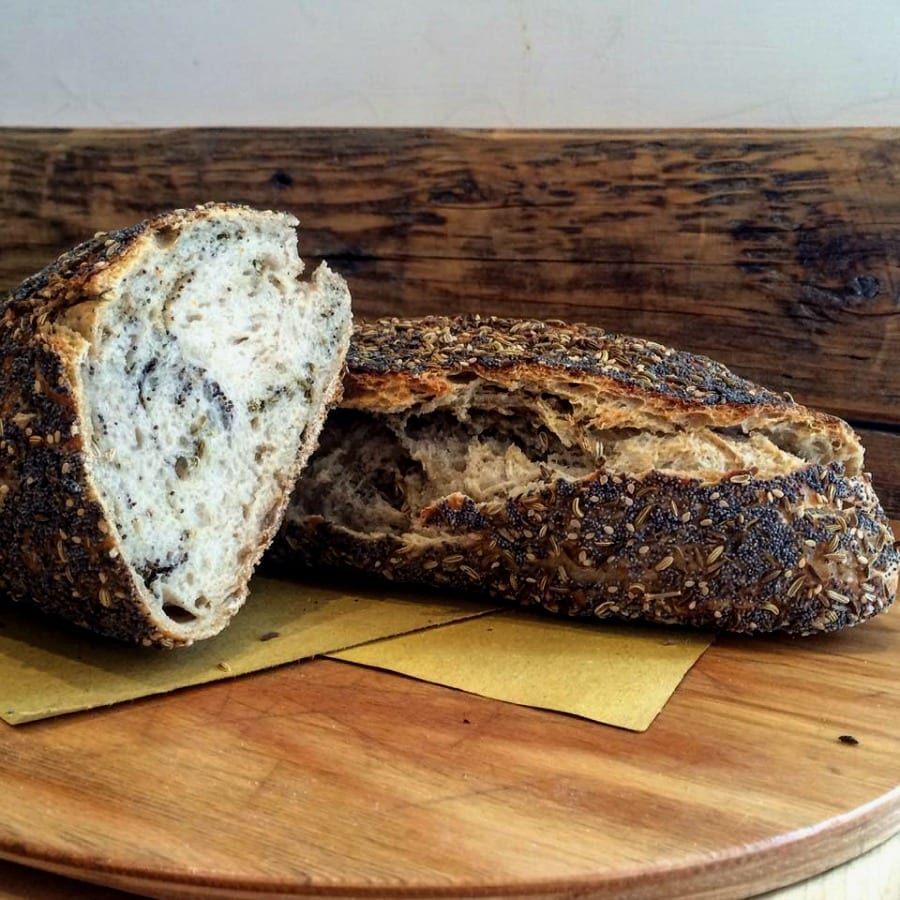
And for the kids...
Have the kids join in on the preparation of this snack: “We should be teaching our children to bake bread instead of using a smartphone”, says Fabrizio, smiling. Homemade bread adds so much to the olive oil/bread pairing. “Kids like playing with food and are far more sensitive to texture than we are”, says Omar. In particular, if using whole grain flours, “which are more porous and with a more pleasant feel”, our children will appreciate the wok even more. “Whole grain flour feels better while kneading and adapts better to olive oil pairing, there are more aromas and scents involved”. Another grain kids would love is, “Einkorn wheat, which is very aromatic. And one of the oldest in existence, so the least engineered or tampered with over the course of time”.
Advice for parents
We then advise parents to purchase whole grain flours or, in the case of homemade bread, “flours produced in small, artisanal mills”. Why are stone-milled flours we hear so much about better? “Stone milled flours most always come from small producers whose yield is limited and hence manage the process with constantly high quality standards”.Stone mills furthermore grind the grains slower, so the grains are milled more delicately, maintaining all their properties intact and little heat is applied.
Oleonauta | Roma | via Alessandro Piola Caselli, 39 | tel. 06 64671895 | www.oleonauta.com/
Pane e Tempesta | Roma | via Giovanni De Calvi, 23/25 | tel. 06 87725015 | www.facebook.com/PaneTempesta/?fref=ts
by Michela Becchi
translated by Eleonora Baldwin

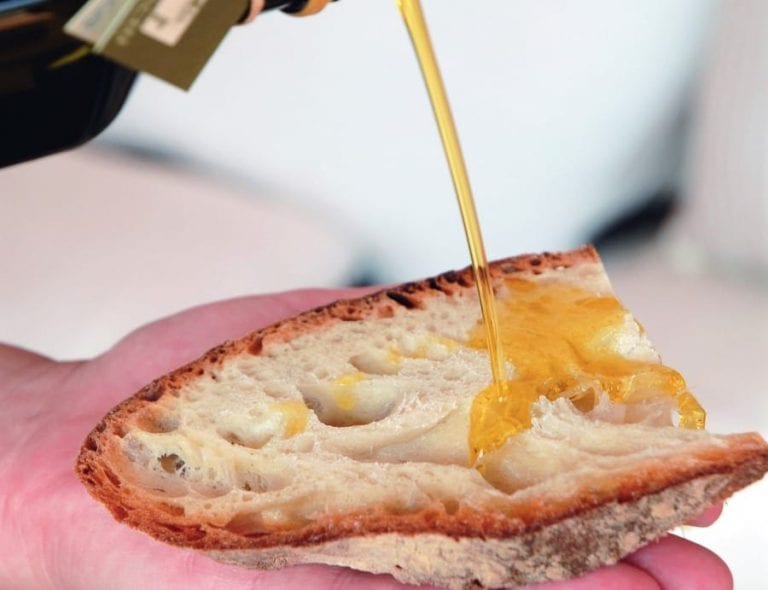

 Sparkling wines surpass still wines in Italian out-of-home consumption. Most popular during the aperitif
Sparkling wines surpass still wines in Italian out-of-home consumption. Most popular during the aperitif American Barbecue wins a Michelin star for the first time in history
American Barbecue wins a Michelin star for the first time in history Prosecco Superiore: the 8 best selected by Gambero Rosso
Prosecco Superiore: the 8 best selected by Gambero Rosso Italian wineries face rising debts and falling revenues as wine industry grapples with economic uncertainty
Italian wineries face rising debts and falling revenues as wine industry grapples with economic uncertainty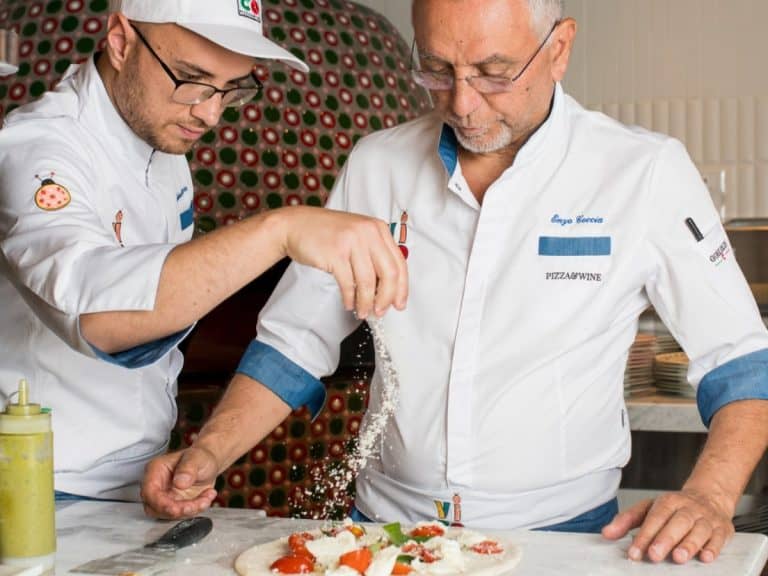 Enzo Coccia leaves Rome for an ambitious project in the United States: "but La Notizia stays"
Enzo Coccia leaves Rome for an ambitious project in the United States: "but La Notizia stays"


